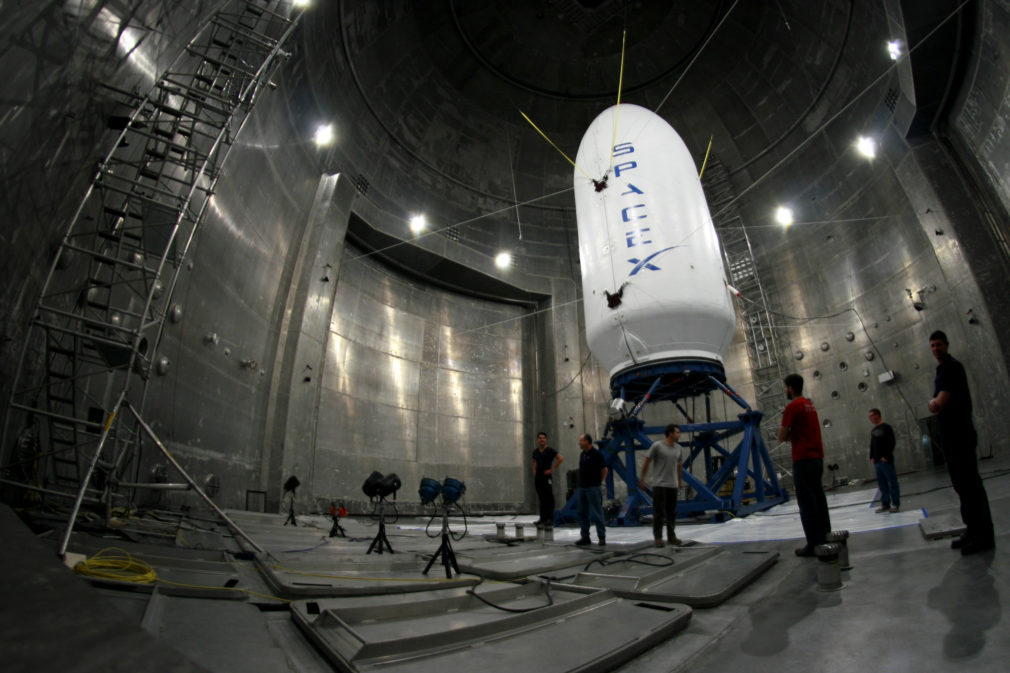When you’re jetting off to your favourite holiday destination, you may find yourself wondering what it’ll look like in the next 20 years. In fact, the first aeroplane was made in 1903, and as the world has changed, we’ve seen planes grow and have the ability to carry multiple passengers. At the moment, before you go on holiday you’ll often search for the cheapest flights, but soon you may be looking for the fastest, or most eco-friendly in your search instead.
There is a lot of interest in the future of flying purely because of how much has changed since they first launched. With further interest in eco-friendly travel, flying fanatics are interested to see how the process is set to change. The question is, would it be possible for flying to become electric? According to the Financial Times, easyJet has already started looking into it. EasyJet is reportedly working to develop an electric short-haul aircraft, though it will be decades before it’s implemented.
In the meantime, airlines have started introducing more seats onto their aircraft, which has been beneficial to reducing air pollution because fewer planes are flying to duplicate locations. As more seats are placed on aircraft, it does mean there has been less room for those flying.
Aside from electric planes, CNN has reported that we will see automation rise over the next 20 years. It has been predicted that if all goes well with automation, the only pilots in an aircraft will be a safety pilot, in the case of an emergency. If it wasn’t for the fact that unexpected things can happen which only a person could control, they may cut out the pilot altogether, but that’s unattainable.
Further plans include increasing speed into supersonic aircraft. There have been discussions about increasing speed over the years, but it can be a risky move and will include a large investment, which is why it hasn’t been brought in as of yet. However, it’s still a possibility to implement investment into speedy planes.
Following the changes to the system, there are also plans in place to change both fuel and the planes themselves. To make adjustments to fuel, the plan is to make planes more fuel-efficient. Not only is this good for the planet, but it’s also beneficial for the engines and passenger waiting times, there will be less focus on refuelling because it’ll last longer. As a result, passengers will be able to get on and off a plane in a timely fashion.
In order to make them more fuel-efficient, new planes will definitely make a big difference. Not only will a redesign make more space for the passengers, but better fuel tanks will result in the best usage possible.
We’re likely to see even more adaptations over the years, with many systems advancing with the help of investment and opportunity. As planes are one of our most convenient ways to get from one place to another, but also one of the least eco-friendly forms of transport, it’s likely more investment will go into it to ensure it can be as eco-friendly as possible.



